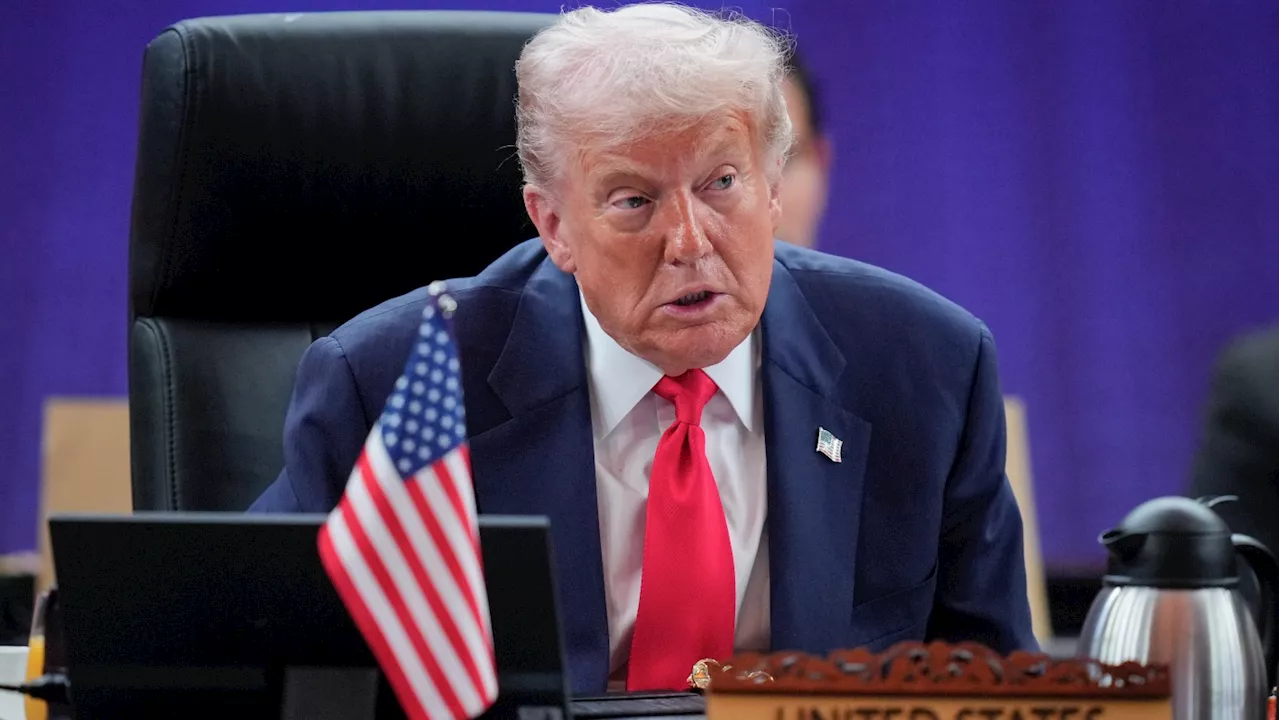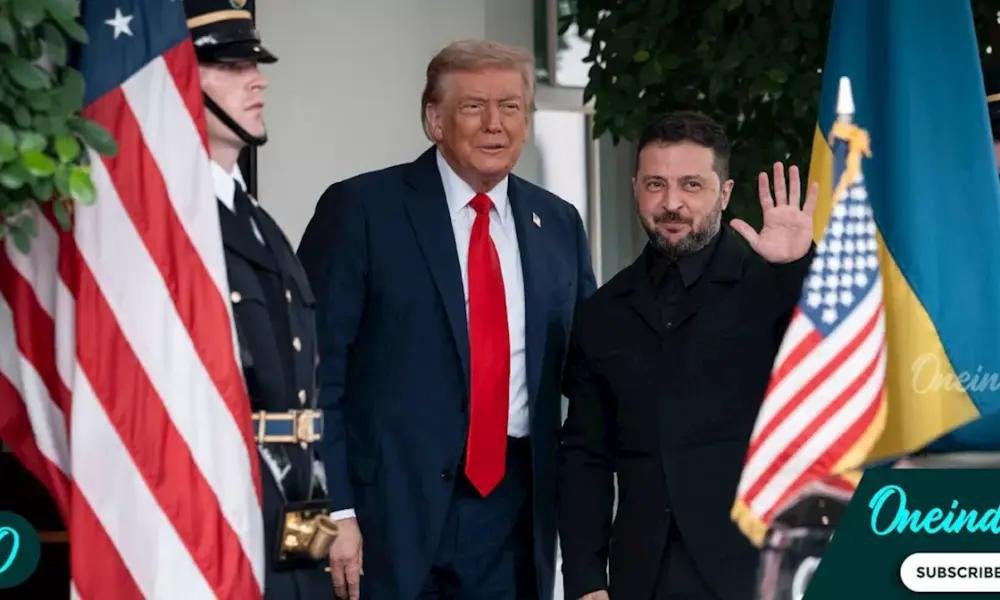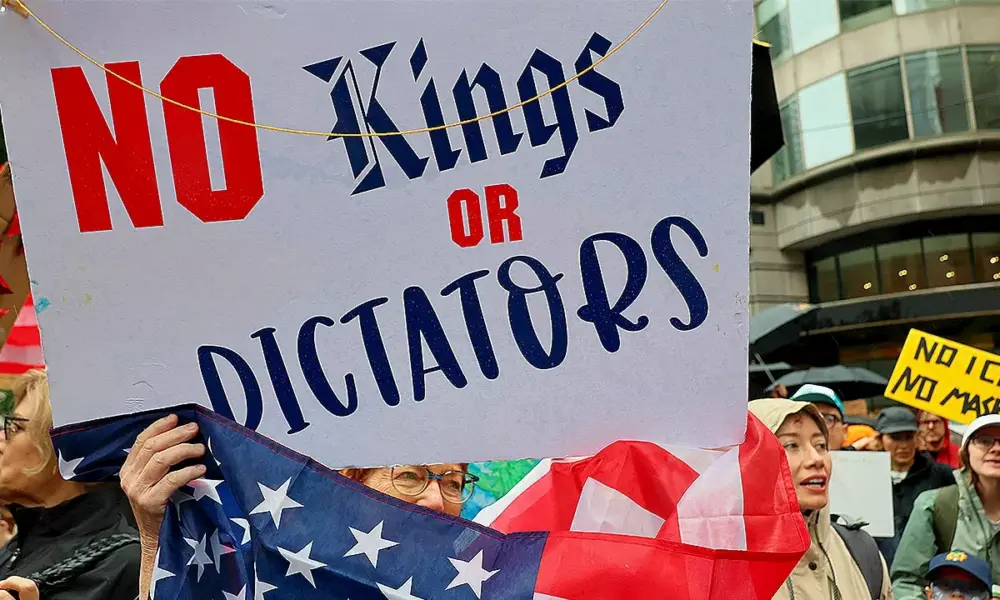Officials from the United States and China have announced a significant step toward finalizing a trade agreement, with both President Donald Trump and Chinese leader Xi Jinping expected to seal the deal during an upcoming meeting in South Korea. This preliminary consensus, reached at the ASEAN Summit in Kuala Lumpur on October 26, 2025, aims to alleviate market concerns and includes provisions to restrict fentanyl precursor chemicals, enhance agricultural purchases, and postpone controls on rare earth element exports.
During a press conference, Li Chenggang, China’s chief trade negotiator, stated that the two countries have established a “preliminary consensus.” Echoing this sentiment, Scott Bessent, the U.S. Secretary of the Treasury, described the negotiations as having produced a “very successful framework.” Trump expressed optimism, stating that both nations are eager to reach an agreement, highlighting the urgency of the situation amidst growing international economic anxieties.
Key Provisions and Market Implications
The proposed deal is seen as a welcome relief for global markets, which are concerned about ongoing trade tensions and potential economic slowdowns. While the agreement does not fully address deeper issues such as manufacturing imbalances and access to advanced technology, it signifies progress. Recently, China limited its exports of rare earth elements, critical for high-tech industries; in response, Trump threatened to impose additional tariffs on Chinese goods.
Bessent reported that initial agreements have been made to prevent the influx of fentanyl precursor chemicals into the United States. Furthermore, Beijing is expected to make substantial purchases of soybeans and other agricultural products. The Treasury Secretary indicated that the threat of further tariffs was now “effectively off the table,” a move that could ease trade relations and boost market confidence.
The summit served as a platform for Trump to reinforce his role as an international dealmaker. His approach, however, has not been without challenges, including a government shutdown and domestic political disputes that have complicated his trade strategy.
Regional Developments and Broader Impact
In addition to trade discussions with China, Trump also facilitated a ceasefire agreement between Thailand and Cambodia, marking a significant diplomatic achievement. The agreement came after recent skirmishes along their shared border, which led to casualties and displacements. Trump characterized the deal as a demonstration of effective negotiation, stating, “We did something that a lot of people said couldn’t be done.”
Cambodian Prime Minister Hun Manet called the ceasefire a “historic day,” while Thai Prime Minister Anutin Charnvirakul remarked that it lays the foundation for lasting peace. The United States signed economic frameworks with these nations, aimed at enhancing trade in critical minerals, as part of its strategy to reduce reliance on China.
In the backdrop of these developments, Trump also held discussions with Brazilian President Luiz Inácio Lula da Silva regarding trade relations, amidst tensions over Brazil’s prosecution of former President Jair Bolsonaro. The president suggested he might consider reducing tariffs on Brazil in exchange for leniency towards Bolsonaro.
Despite the positive momentum with some countries, Trump’s relationship with Canadian Prime Minister Mark Carney has soured due to a television advertisement criticizing his trade policies. On the way to the ASEAN summit, Trump publicly announced plans to raise tariffs on Canadian goods.
Notably absent from the summit was Indian Prime Minister Narendra Modi, whose previously close ties with Trump have become strained. Recent tariff increases on India, particularly regarding its purchases of Russian oil, have further complicated relations.
The ongoing negotiations and agreements reached during the ASEAN Summit reflect a critical moment in international trade dynamics, as the U.S. and China seek to navigate their complex relationship while addressing broader regional stability and economic growth.






